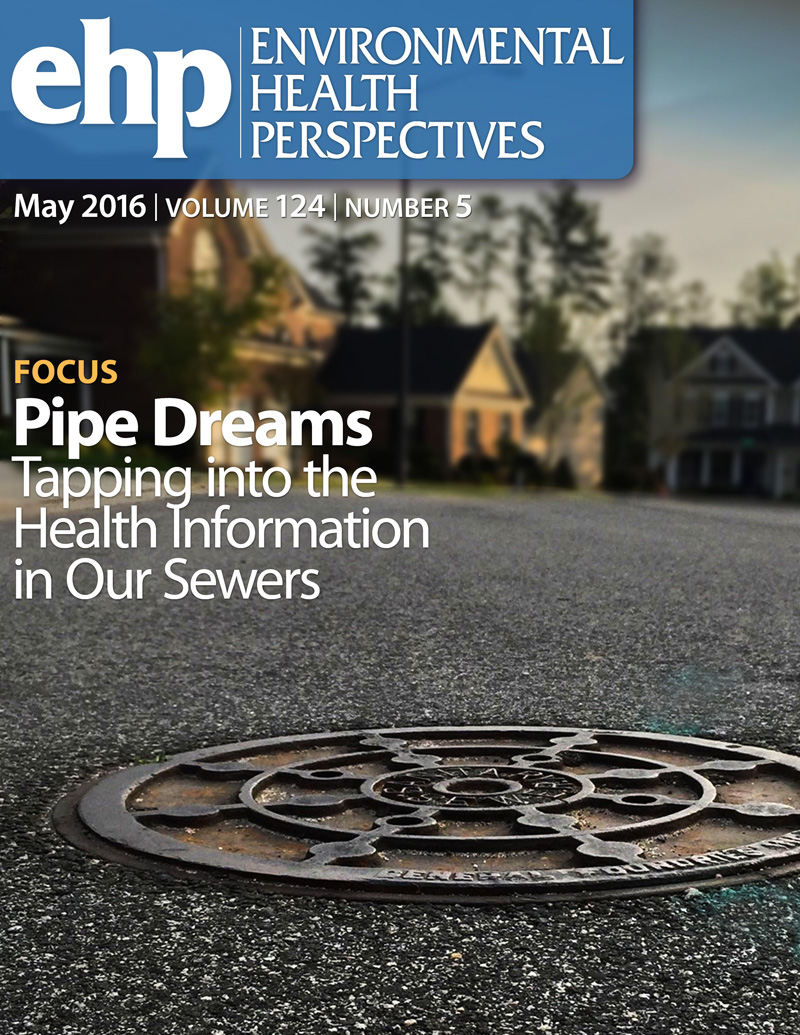Preterm and early-term delivery after heat waves in eight US states: A case-crossover study using the High-resolution Urban Meteorology for Impacts Dataset (HUMID).
IF 9.8
1区 环境科学与生态学
Q1 ENVIRONMENTAL SCIENCES
引用次数: 0
Abstract
BACKGROUND Heat wave frequency and intensity is increasing and this trend is more pronounced in urban areas. Heat waves may be acutely associated with early birth. OBJECTIVES To examine the acute relationship between heat waves and preterm (<37 weeks) and early-term (37-38 weeks) birth in eight states: California, Florida, Georgia, Kansas, Nevada, New Jersey, North Carolina, and Oregon. METHODS Daily mean temperatures from the novel High-resolution Urban Meteorology for Impacts Dataset (HUMID) were averaged by zip code tabulation area (ZCTA) and linked to singleton preterm and early-term births identified statewide from vital records. Heat waves were defined based on days exceeding the local 97.5%ile temperature threshold during the 4-day exposure window preceding birth. We conducted case-crossover (conditional logistic regression) state-specific analyses and pooled results using inverse-variance weighting to obtain summary effect estimates. We also calculated ORs adjusting for temporal changes in the pregnancy risk set, conducted an analysis excluding medically-induced early-term births, and modeled effects stratified by 97.5th mean temperature threshold categories. RESULTS The analysis included 2,966,661 early-term and 945,869 preterm births occurring from May - September across the eight states from as early as 1990 to 2017. Results showed modestly elevated odds of early-term birth for heat waves occurring in the 4 days preceding birth. Pooled ORs (95%CIs) for 3- and 4-consecutive days above the 97.5th percentile mean temperature were 1.018 (1.011, 1.026) and 1.017 (1.005, 1.028), respectively. Preterm birth ORs were similar, but less precise; OR=1.015 (1.001, 1.029) and 1.019 (0.999, 1.041) for 3- and 4-consecutive days respectively. Estimated odds ratios tended to be stronger for ZCTAs in thesecond-lowest category of temperature threshold. DISCUSSION Using fine-scale surface temperature data capturing urban-heat islands, we observed a modest acute overall effect of heat waves on preterm and early-term birth. https://doi.org/10.1289/EHP15953.美国8个州热浪后早产和早产:使用高分辨率城市气象影响数据集(潮湿)的案例交叉研究
背景:热浪的频率和强度正在增加,这种趋势在城市地区更为明显。热浪可能与早产密切相关。目的研究加利福尼亚州、佛罗里达州、佐治亚州、堪萨斯州、内华达州、新泽西州、北卡罗来纳州和俄勒冈州8个州的热浪与早产(<37周)和早产(37-38周)之间的急性关系。方法:来自新型高分辨率城市气象影响数据集(潮湿)的日平均温度按邮政编码制表区域(ZCTA)平均,并与全州生命记录中确定的单胎早产和早产相关联。热浪是根据出生前4天暴露窗口内超过当地97.5%温度阈值的天数来定义的。我们进行了病例交叉(条件逻辑回归)针对各州的分析,并使用反方差加权来汇总结果,以获得总体效应估计。我们还计算了调整妊娠风险集时间变化的ORs,进行了排除医学诱导早产的分析,并按97.5个平均温度阈值类别对影响进行了分层建模。结果该分析包括早在1990年至2017年8个州5月至9月发生的2,966,661例早产和945,869例早产。结果显示,在出生前4天发生的热浪轻微增加了早产的几率。平均温度高于97.5%连续3天和4天的合并or (95% ci)分别为1.018(1.011,1.026)和1.017(1.005,1.028)。早产or相似,但不太精确;连续3天OR=1.015(1.001, 1.029),连续4天OR= 1.019(0.999, 1.041)。在温度阈值第二低的类别中,zcta的估计比值比倾向于更强。利用捕获城市热岛的精细尺度地表温度数据,我们观察到热浪对早产和早产的适度急性总体影响。https://doi.org/10.1289/EHP15953。
本文章由计算机程序翻译,如有差异,请以英文原文为准。
求助全文
约1分钟内获得全文
求助全文
来源期刊

Environmental Health Perspectives
环境科学-公共卫生、环境卫生与职业卫生
CiteScore
14.40
自引率
2.90%
发文量
388
审稿时长
6 months
期刊介绍:
Environmental Health Perspectives (EHP) is a monthly peer-reviewed journal supported by the National Institute of Environmental Health Sciences, part of the National Institutes of Health under the U.S. Department of Health and Human Services. Its mission is to facilitate discussions on the connections between the environment and human health by publishing top-notch research and news. EHP ranks third in Public, Environmental, and Occupational Health, fourth in Toxicology, and fifth in Environmental Sciences.
 求助内容:
求助内容: 应助结果提醒方式:
应助结果提醒方式:


